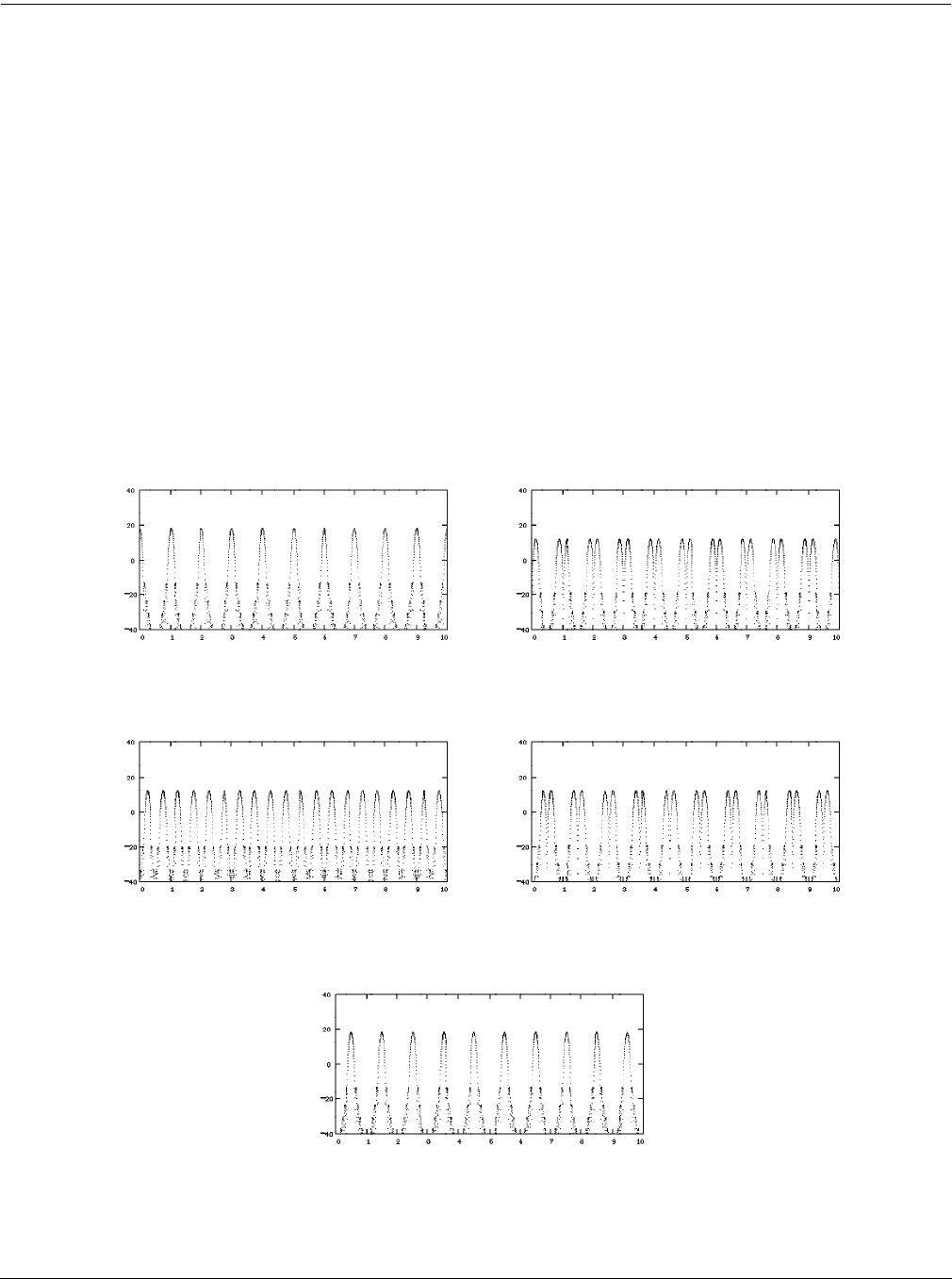User Guide
Table Of Contents
- FXAlg #1: MiniVerb • FXAlg #2: Dual MiniVerb
- FXAlg #3: Gated MiniVerb
- FXAlgs #4-11: Classic • TQ • Diffuse • Omni reverb...
- FXAlg #12: Panaural Room
- FXAlg #13: Stereo Hall
- FXAlg #14: Grand Plate
- FXAlg #15: Finite Verb
- FXAlg #130: Complex Echo
- FXAlg #131: 4-Tap Delay • FXAlg #132: 4-Tap Delay ...
- FXAlg #133: 8-Tap Delay • FXAlg #134: 8-Tap Delay ...
- FXAlg #135: Spectral 4-Tap • FXAlg #136: Spectral ...
- FXAlgs #150–153: Choruses
- FXAlg #154: Flanger 1 • FXAlg #155: Flanger 2
- FX Algs #156-160: Phasers
- Combination Algorithms [“+”]
- Configurable Combination Algorithms [“<>”]
- FXAlg #714: Quantize+Flange
- FXAlg #715: Dual MovDelay • FXAlg #716: Quad MovDe...
- FXAlg #720: MonoPitcher+Chor • FXAlg #721: MonoPit...

FXAlg #720: MonoPitcher+Chor ¥ FXAlg #721: MonoPitcher+Flan
Algorithm Reference-90
FXAlg #720: MonoPitcher+Chor ¥
FXAlg #721: MonoPitcher+Flan
Mono pitcher (filter with harmonically related resonant peaks) algorithm
with a chorus or flanger
Allocation Units: 2 (each)
The mono pitcher algorithm applies a filter which has a series of peaks in the frequency response to the input signal.
The peaks may be adjusted so that their frequencies are all multiples of a selectable frequency, all the way up to 24
kHz. When applied to a sound with a noise-like spectrum (white noise, with a flat spectrum, or cymbals, with a very
dense spectrum of many individual components), an output is produced which sounds very pitched, since most of
its spectral energy ends up concentrated around multiples of a fundamental frequency.
The following graphs show Pt PkSplit going from 0% to 100%, for a Pt Pitch of 1 kHz (approx. C6), and Pt PkShape
set to 0.
Response of Pitcher with different PkSplit settings.
PeakShape = 0
PeakSplit = 0%
Khz
dB
PeakShape = 0
PeakSplit = 25%
Khz
dB
PeakShape = 0
PeakSplit = 50%
Khz
dB
PeakShape = 0
peakSplit = 75%
Khz
dB
PeakShape = 0
PeakSplit = 100%
Khz
dB










